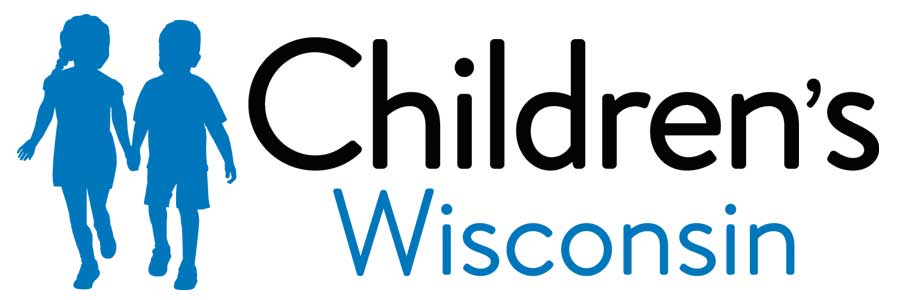Tilt table test (1658)
Key points below
Your child’s tilt table test is scheduled for (date) ___________________ at (time) ____________.
Please stop at a Welcome desk for a badge and directions to the Cardiology Clinic.
If you have questions, please call (414) 266-2380.
What is a tilt table test?
A tilt table test is used to find out why your child has been fainting. It may also be used if your child gets lightheaded or dizzy. Tilting the table upright can bring on symptoms. Your child’s heart rate and blood pressure are watched closely as the table is tilted.
Why is the test done?
The tilt table test helps the doctor find the cause of a common type of fainting spell called neurocardiogenic syncope. Fainting is a sudden and brief loss of consciousness. This is when the brain does not get enough blood flow and oxygen. There are many causes of fainting, such as a low blood pressure, abnormal heart rhythms, narrowed heart valves, and seizure disorders. In neurocardiogenic syncope, the nerves that control the function of the heart and blood vessels do not work right. The heart may slow down and the blood pressure may drop. This can lead to fainting or symptoms.
What happens during the test?
When a person stands, blood collects in the lower part of the body and less blood goes back to the heart. Less blood is available for the heart to pump, and blood pressure tends to drop. Normally, the nerves that control the heart and blood vessels can make the heart beat faster and tighten the blood vessels. This keeps the blood pressure normal. If these nerves do not work as they should, the heart slows down, the blood pressure drops, and symptoms may occur.
How is the test done?
The test is done by an exercise physiologist, a doctor, and a nurse.
1. Your child will lie on the table.
2. Electrodes (stickers) will be put on your child’s chest to monitor the heart rhythm. A blood pressure cuff will be put on one arm. An intravenous line (IV) will be started in the other arm. The IV is used to give medicine and fluids, if needed. Another sticker will be put on the forehead to monitor blood flow to the brain. Safety straps will be fastened across your child’s chest and legs.
How the test is done (continued)
3. The table will be tilted so that your child is almost standing upright.
4. Once your child is standing, the heart rhythm will be watched. Blood pressure will be taken every 2 to 3 minutes or more if symptoms are present. Your child needs to let someone know if symptoms occur. The test is stopped if symptoms occur.
5. If your child does not feel symptoms after 15 to 20 minutes, a medicine called Isuprel® will be given through the IV to try to bring on symptoms. Your child will keep standing and be watched for another 10 to 15 minutes.
6. If there are no symptoms after a total of 30 to 40 minutes, the test is done. The table will be tilted down and the medicine will be stopped. The medicine will clear out of your child’s body in 2 to 3 minutes. Fluid will be given through the IV and your child will be watched until they are fully recovered.
How long will it take?
The full test normally takes one hour. The time your child is standing depends on symptoms and monitoring.
What are the risks?
The tilt table test is generally safe. It may cause your child to faint, but that is not the goal. If a drop in heart rate and blood pressure is seen, the table is returned quickly to a flat position and the test is stopped.
When will I know the test results?
The test is positive (not normal) if a drop in heart rate and blood pressure is seen with or without using the medicine. The doctor can tell you the results as soon as the test is done.
Is there anything my child needs to do before the test?
Your child should drink water and eat a light meal before the test. The doctor may ask that your child stop taking some medicines before the appointment. Have your child wear a short-sleeve T-shirt.
Other helpful information
- Bring something for your child to drink or snack on when the test is finished.
- Parent(s) or legal guardian(s) must give consent before the test can be done. Be sure to bring all signed legal guardian papers with you.
